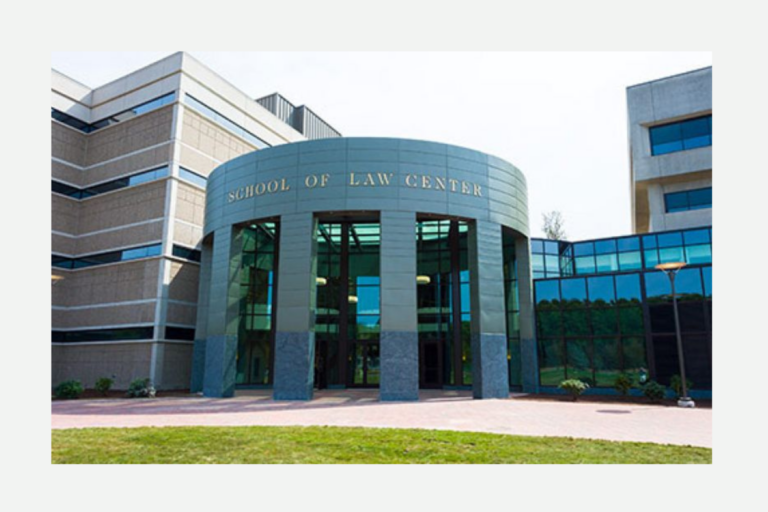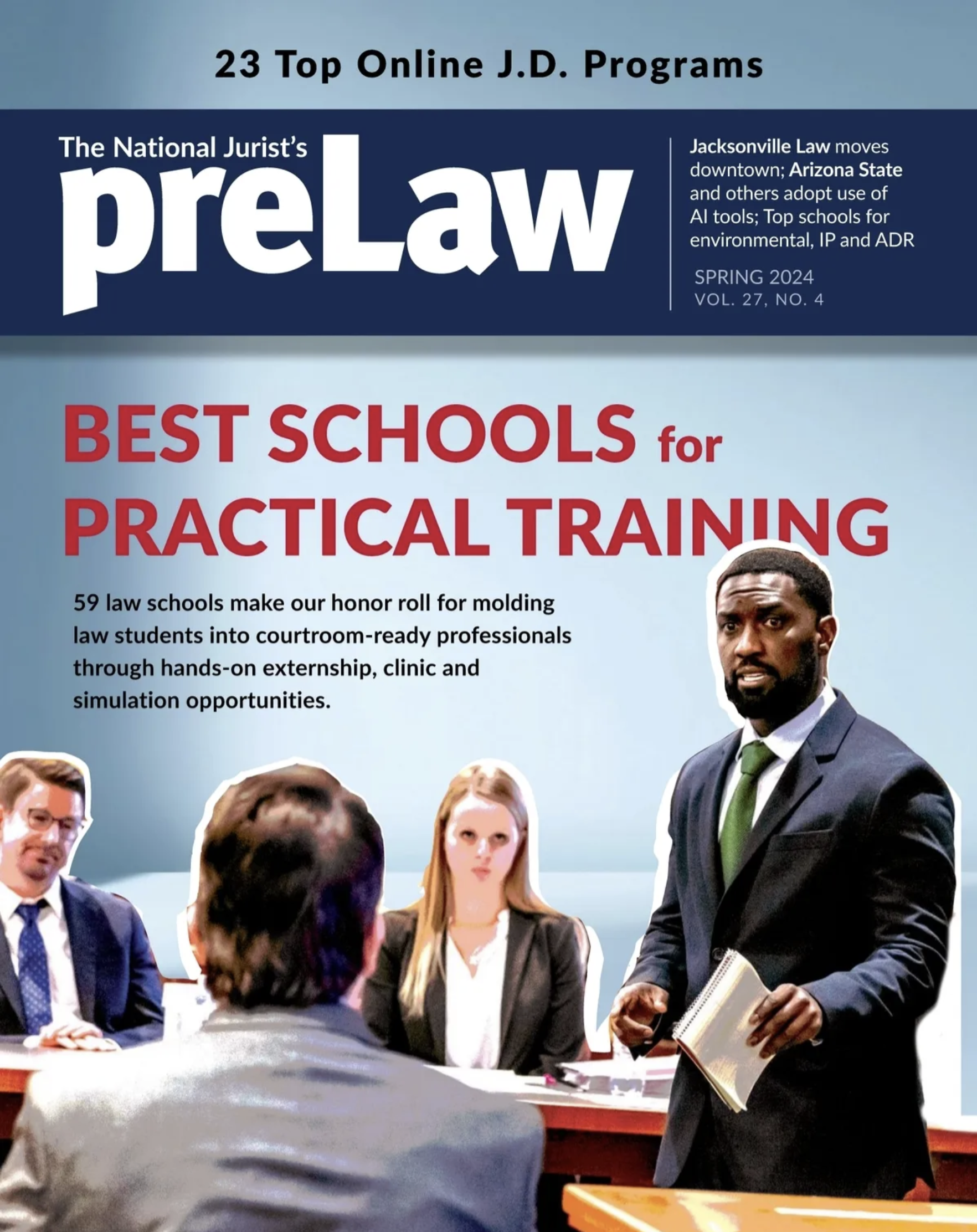The COVID-19 pandemic has forced us all to adjust in many ways. Our hands have never been cleaner, our cars never more stationary and the LSAT has never been shorter or closer to home.
Indeed, it is at home.
In response to the pandemic, the Law School Admission Council (LSAC) introduced the LSAT-Flex earlier this year. It’s shorter than the traditional LSAT. It has just three scored sections, instead of four scored and one unscored “experimental” section. The Flex exam is also a remotely proctored version of the test, allowing test takers to complete the exam without ever leaving home.
This is all new territory, and the rapid change is pretty amazing. After all, it was only last year that LSAC took its paper-and-pencil test into the digital age.
Here’s the rundown on the at-home test and what you need to know.
The LSAT-Flex was first administered in May. It was given again in June and July, with the next administration set for the week of Aug. 29. Following the May LSAT-Flex, most of the post-exam feedback focused on the novelty of the test format itself — the fact that you were taking it on your own laptop, the intense security check-in process, the fewer sections.
However, following more recent LSAT-Flex administrations, most post-exam comments weren’t all that different from those that follow a traditional LSAT. It felt like the LSAT-Flex had become — dare we say, “the new normal”? So normal, in fact, that I’m hearing far fewer questions about what the LSAT-Flex is or how to study for it. Instead, I’m getting questions about whether the LSAT-Flex format is here to stay, at least for the remaining 2020 test dates. Occasionally, I’m hearing speculation that the at-home format may become permanent.
Those questions are yet to be answered. But for now, we can at least address how the first administrations of the LSAT-Flex went, what we learned about the exam itself, and what insights we gained about the long-term viability of the shorter, at-home LSAT. While
there are still certain obstacles to administering a remote LSAT, I feel more confident about a possible long-term switch to the LSAT-Flex than I did previously.
Confidence was noticeably absent on the first day of the May LSAT-Flex, however. To use a diplomatic word, that day presented “challenges” for both those administering the exam and those taking it.
A high number of test takers and an apparent shortage of proctors proved challenging to LSAC and ProctorU, the company providing the remote proctoring. This resulted in several challenges for test takers, including long waits to get checked in, confusion over the check-in and check-out process, and occasional interruptions from the proctors.
But LSAC and ProctorU provided more proctors for the second May exam date, resulting in a better experience for test takers.
Also worth mentioning: LSAC offered test takers who experienced problems during the May LSAT-Flex the option of not receiving their scores and instead getting vouchers to take the test at a future date.
During the June Flex exam, there were fewer reports of long check-in times and proctor interruptions. I suspect this helped assuage test takers’ fears about the July Flex.
The decrease in test-day issues in June also helped us learn more about the Flex exam itself.
In June, LSAC chose to use previous “non-disclosed” exams (exams that LSAC does not release to test takers after they’ve been administered). This is a common practice for makeup LSATs, international LSATs, and LSATs administered to those who cannot take a regularly scheduled exam on a certain date because of religious reasons. However, for a standard LSAT administration, using an old exam is very rare.
To reduce the possibility of cheating on the June exam, LSAC used a couple of different non-disclosed exams and various combinations of their sections.
Ideally, I presume, LSAC would like each version of the LSAT used for a main administration to be new. The more often an LSAT is reused, the more likely that a repeat test taker may have seen that test before.
Given the recent change — as well as the fact that the test is now given nine times a year instead of four — I suspect that LSAT needs to create more versions of the exam. However, the current format of the Flex exam stymies the creation of new versions. The LSAT-Flex lacks an “experimental” section — an unscored section of LSAT questions
that allows test writers to audition questions for future exams. Without the ability to try out questions in advance in an actual testing situation, a steady stream of new versions of the LSAT-Flex may be log-jammed.
Why not just insert an experimental section into the LSAT-Flex? One of the reasons LSAC shortened the LSAT-Flex to three sections was to eliminate the need for a mid-test break. LSAC seems worried that a 15-minute, mid-test break on an at-home exam might allow test takers to, well, attempt to gain an unfair advantage on the remaining sections.
And that, I think, is the main obstacle to elongating the exam and including an experimental section.
It’s a challenge, certainly, but one I believe will be met soon. After all, an in-person test was transferred to an online format in just a few months.
As of press time, the October and November LSATs were still scheduled to be traditional, in-person exams. But, will they get switched to the Flex format?
I can’t say for certain, but I can offer my best guess.
LSAC will not hold different versions of the test in different parts of the country, so if any state still prohibits large in-person gatherings, it’s very probable that the October and November tests will be remotely proctored Flex exams.
Ross Rinehart is an LSAT academic manager and instructor at Blueprint LSAT Prep. He received his undergraduate degree from UCLA and attended University of Southern California, Gould School of Law. Blueprint offers online courses and private tutoring to help students prepare for the LSAT.






